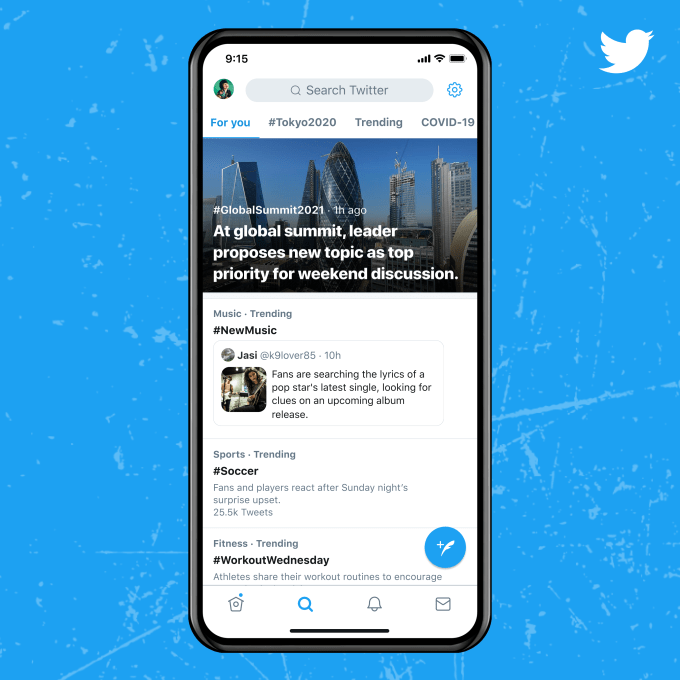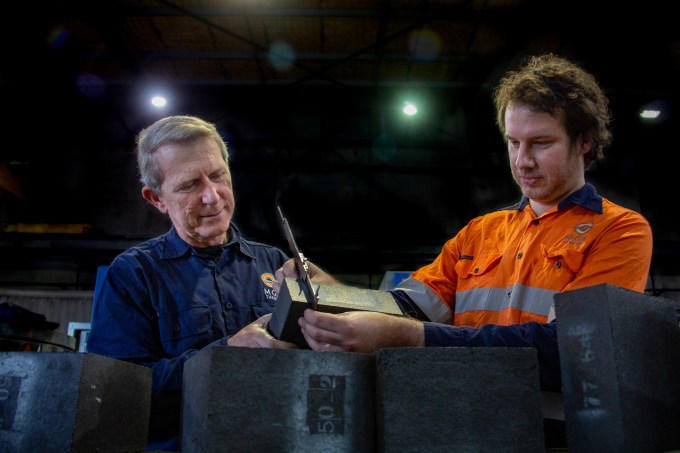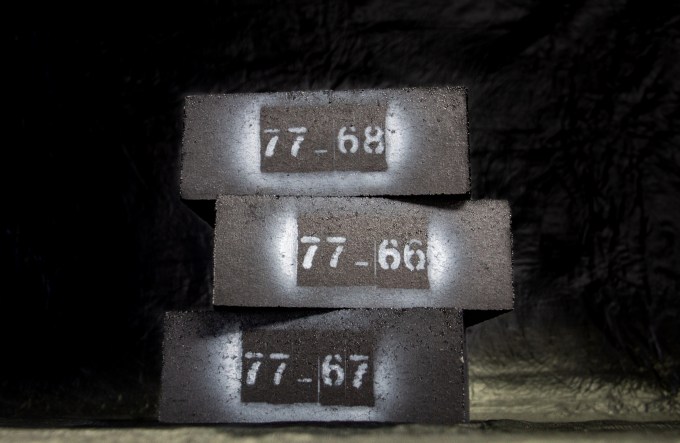News: Daily Crunch: Zoom will pay $85M to settle lawsuit over ‘Zoombombing,’ user privacy
Hello friends and welcome to Daily Crunch, bringing you the most important startup, tech and venture capital news in a single package.
To get a roundup of TechCrunch’s biggest and most important stories delivered to your inbox every day at 3 p.m. PDT, subscribe here.
Hello and welcome to Daily Crunch for Monday, August 2, 2021. What a day. Square kicked off this week’s news cycle with a megadeal, Google popped up with new hardware, and there are new VC funds aplenty. It’s busy, but before we get started, there’s a special summer edition of Extra Crunch Live this week that’s 100% pitch-off. It’s on Wednesday, so be there or be square. — Alex
The TechCrunch Top 3
- Google pursues custom silicon: Alphabet’s Google subsidiary is getting into the custom silicon game, TechCrunch reports. Akin to what Apple did with its A and M chips, Google hopes that its Tensor SoC (system on a chip) “will differentiate itself in a crowded smartphone field,” Brian Heater writes. For more on Google’s new hardware, head here.
- Square buys Afterpay: U.S. fintech giant Square is buying the Australian buy now, pay later company Afterpay for $29 billion in stock. TechCrunch dug into the deal’s numbers, but the gist is that Afterpay brings merchants, global users and a new fintech product to Square. The deal isn’t cheap, but it does make sense.
- Cloud infra spend accelerates: Want to know why investors are so hot and bothered by the tech industry these days? In part because demand just keeps accelerating. TechCrunch covered new data today indicating that the cloud infra market — which underpins so very many services that consumers and corporates depend on alike — saw spending grow 39% in Q2 2021 compared to the year-ago quarter. The total for the second quarter? $42 billion.
Startups/VC
- Reese Witherspoon’s media company sells for $900M: This is not our usual startup fare, but when a media company sells for nearly $1 billion, we have to pay attention. Per TechCrunch, the company, Hello Sunshine, made content for major streaming firms. What’s weird is who bought it. A “yet-unnamed new media firm run by former Disney execs,” TechCrunch writes. Mysterious.
- Afterpay investor bullish on Afterpay: TechCrunch published an op-ed by Dana Stalder, an investor at Matrix Partners and self-described “only institutional venture investor” in Afterpay. Their take? That Square + Afterpay will be greater as a sum than the mere addition of their parts. We’ll see.
- Nektar.ai wants to consolidate B2B sales data: Selling software is no easy game, and there are myriad tools that every SDR and AE is expected to use. Nektar wants to be the central collection point and brain for all that data, and it just raised $6 million to grow its operation. Frankly, the salesops market is big, and I am surprised we don’t hear about even more companies pursuing similar lines of work.
- Investors back startups making B2B payments simpler: Sticking to the B2B world, Yadoo has raised a $20 million round to power business-to-business payments. In short, while Venmoing your friend beer money is as easy as drinking said beer, it’s not the same with corporations. Yadoo is one of the startups looking to take the problem on, in this case from the startup’s Mexico City HQ.
And now, some venture capital news:
- Element Ventures raises $130M: It’s a sign of the times that I am not at all surprised that a B2B-focused fintech venture capital firm just raised nine figures. Of course that’s a big enough problem space to deploy that amount of capital. And of course there are enough startups that fit its parameters to fill its book with deals. Element will invest in 15 companies each year, focusing on deals in Europe, the U.S. and Asia.
- More money for LatAm: Newtopia is a new fund focused on Latin America that just put together a fresh $50 million fund. It will invest in pre-seed companies ($100,000 checks) and larger rounds ($250,000 to $1 million) in startups scaling toward their Series A. Early-stage investing is its own beast, so it’s nice that the burgeoning Latin American market is getting its own dedicated vehicles to tackle the task.
- From the podcast today, if you are into edtech, boy do we have the show for you.
Demand Curve: Questions you need to answer in your paid search ads
At some point, almost every early-stage startup will use paid search ads to connect with customers and throw down the gauntlet with their competitors.
Most of these initial attempts at paid search are unsuccessful. There’s a steep learning curve when it comes to transforming passive searchers into paying customers, and almost no one gets it right the first time.
In a comprehensive guest post, growth marketing expert Stewart Hillhouse identified “14 questions your paid search should answer to ensure you’re only paying for the highest-intent shoppers.”
Question 1? “What’s in it for me?”
(Extra Crunch is our membership program, which helps founders and startup teams get ahead. You can sign up here.)
Big Tech Inc.
- Zoombombing costs Zoom $85M: Today’s immaterial technology fine comes via Zoom, the video product that became ubiquitous during the pandemic. It was sued by users claiming that it was “violating users’ privacy by sharing their data with third parties without permission and enabling ‘Zoombombing’ incidents,” per TechCrunch. The settlement is worth a total of 0.07% of the company’s $112 billion market cap. Oh no.
- Amazon will pay you $10 for your palm print: Speaking of sums of money so small that they should not induce any sort of behavioral changes, Amazon wants to give people $10 in credit if they give the company their palm print so that they can better check out at the e-commerce giant’s physical stores. Hard pass on this one.
- Salesforce buys Mulesoft an RPA firm: CRM giant Salesforce is investing in Mulesoft, a company that it bought a ways back, in the form of German RPA company Servicetrace. Servicetrace will link up with Mulesoft, not Salesforce proper.
- I asked TechCrunch reporter and genial human Ron Miller why the deal matters. He said that the deal, “while not on par with the Slack megadeal, is probably the kind of smaller deals the company will make in the next year.” He explained that the Servicetrace acquisition gives SFDC an “entry into the growing RPA market without spending a ton of money.” Ron’s also bullish on the planned Mulesoft integration.
TechCrunch Experts: Growth Marketing

Image Credits: SEAN GLADWELL (opens in a new window) / Getty Images
Are you all caught up on last week’s coverage of growth marketing? If not, read it here.
TechCrunch wants you to recommend growth marketers who have expertise in SEO, social, content writing and more! If you’re a growth marketer, pass this survey along to your clients; we’d like to hear about why they loved working with you.







